The journey up from the far South Coast to the Monaro and Snowies is torturous enough today. Most of us tackle Brown Mountain or Mt Darragh, so long as there aren't any landslides. The more adventurous attempt Tantawangalo Mountain Road.
Either way, in an air-conditioned motor vehicle the trip up the escarpment and onto the tablelands is luxurious when compared to how hordes of miners in the 1860s made their way from South Coast ports to the Kiandra goldfields.
Back then there was one main road. Although with its steep gullies, precipitous sides, and regular washouts, the Big Jack Mountain Bridle Track was hardly a road by today's standards.
Many miners would have traipsed up the hill on foot, battling leeches, hunger, and blisters. The lucky would have been in horse-drawn drays or bullock wagons.
No matter how they travelled, by the time they reached the top of the range near present-day Cathcart, they'd have been thirsty and exhausted. Not surprisingly, to cash in on this passing trade, shanties and hotels quickly began to pop up along the route.
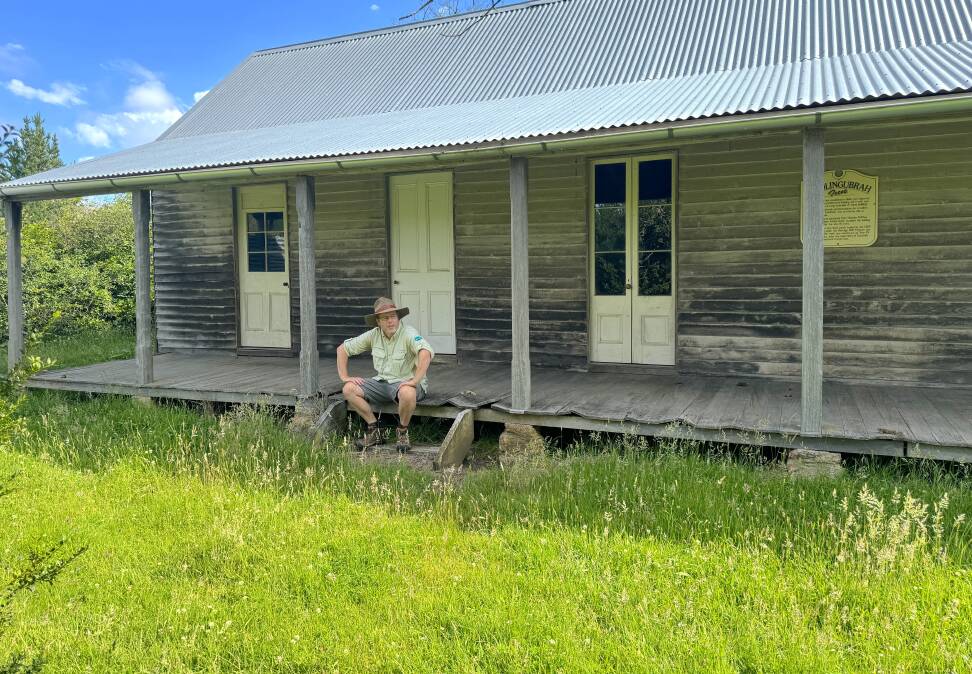
One of the 19th-century entrepreneurs who thought he'd have better luck striking it rich by servicing the passing parade of miners than panning for gold himself was Malcolm McPhee.
And boy did McPhee have big plans. He didn't want to mill a few cedar trees and whack them together as a basic lean-to. No, instead he erected Mountain Hut Hotel, one of the more substantial accommodation houses along the entire route.
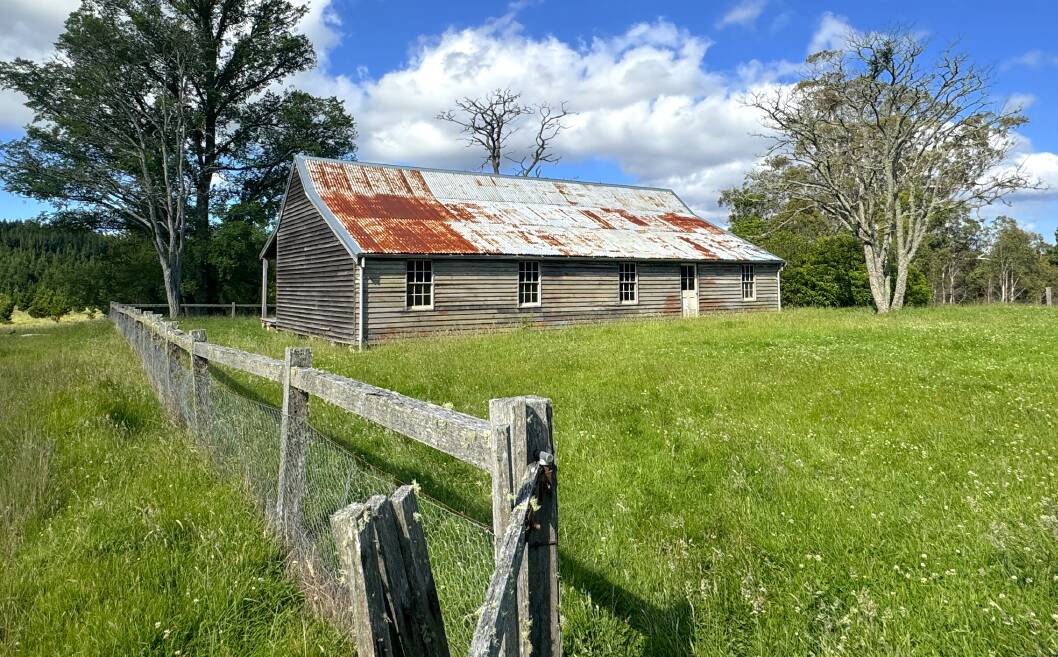
Due to the shortage of labour at the time (presumably many tradesmen rushed off to try their own luck on nearby diggings), rather than constructing his hotel from scratch, he imported his hotel all the way from the United States.
Yes, the entire building arrived in a flat pack.
And to think I'm still grappling with my daughter's bed/desk combo which Santa foolishly bought in a flat pack from you-know-where.
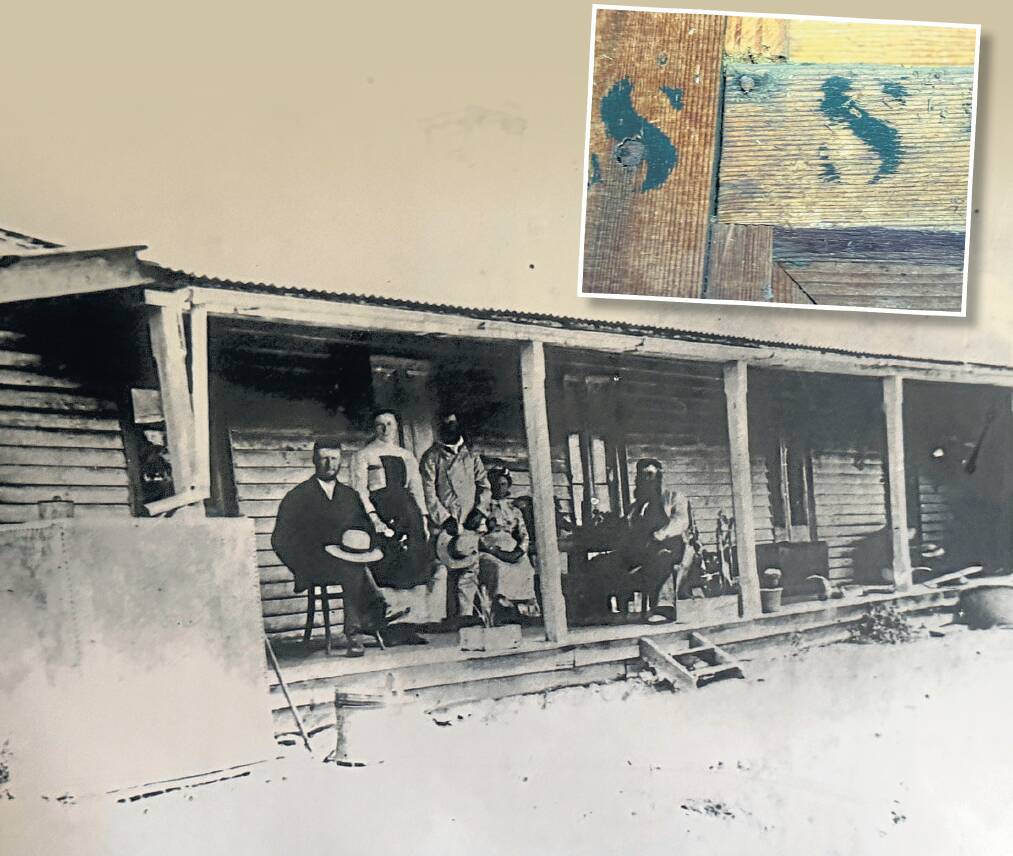
Oh, and before you ask, while McPhee would have needed a hammer or two, there wouldn't have been an Allen key within cooee, for they weren't invented until 1901. At least all the pieces had letters and numbers to assist construction.
While I'm not sure how long it took McPhee to assemble, by October 26 1860 he was advertising in the Twofold Bay Telegraph his "accommodation house at the top of the Old Mountains on Bridle Track Road, being the shortest route to the [Kiandra] diggings from Eden and Pambula".
It might have been a dry house the first few nights because it wasn't until October 30 that cargo for McPhee landed at Merimbula on the Illawarra. The delivery included "one hogshead of ale, one case of cordials and one quarter-case of rum".
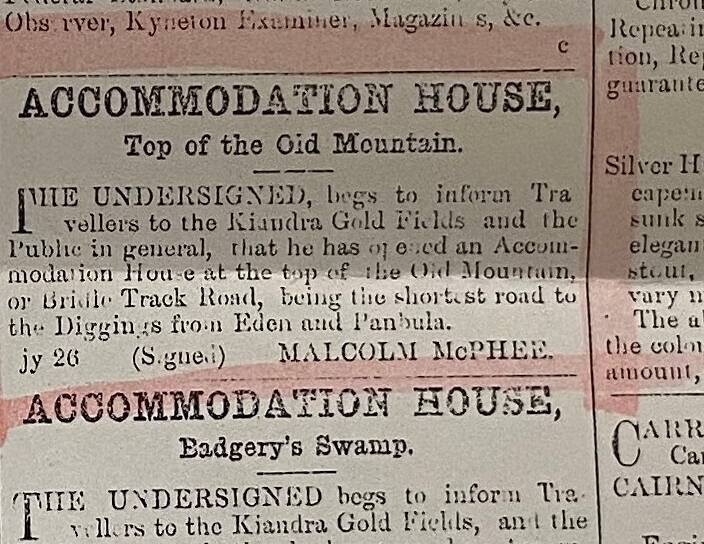
According to Laurie Platts in Bygone Days of Cathcart (Fyshwick, 1989), the Mountain Hut Hotel, or Halfway Hotel as it was also known, "consisted of a bar, dining room, kitchen and six bedrooms". I told you it was substantial.
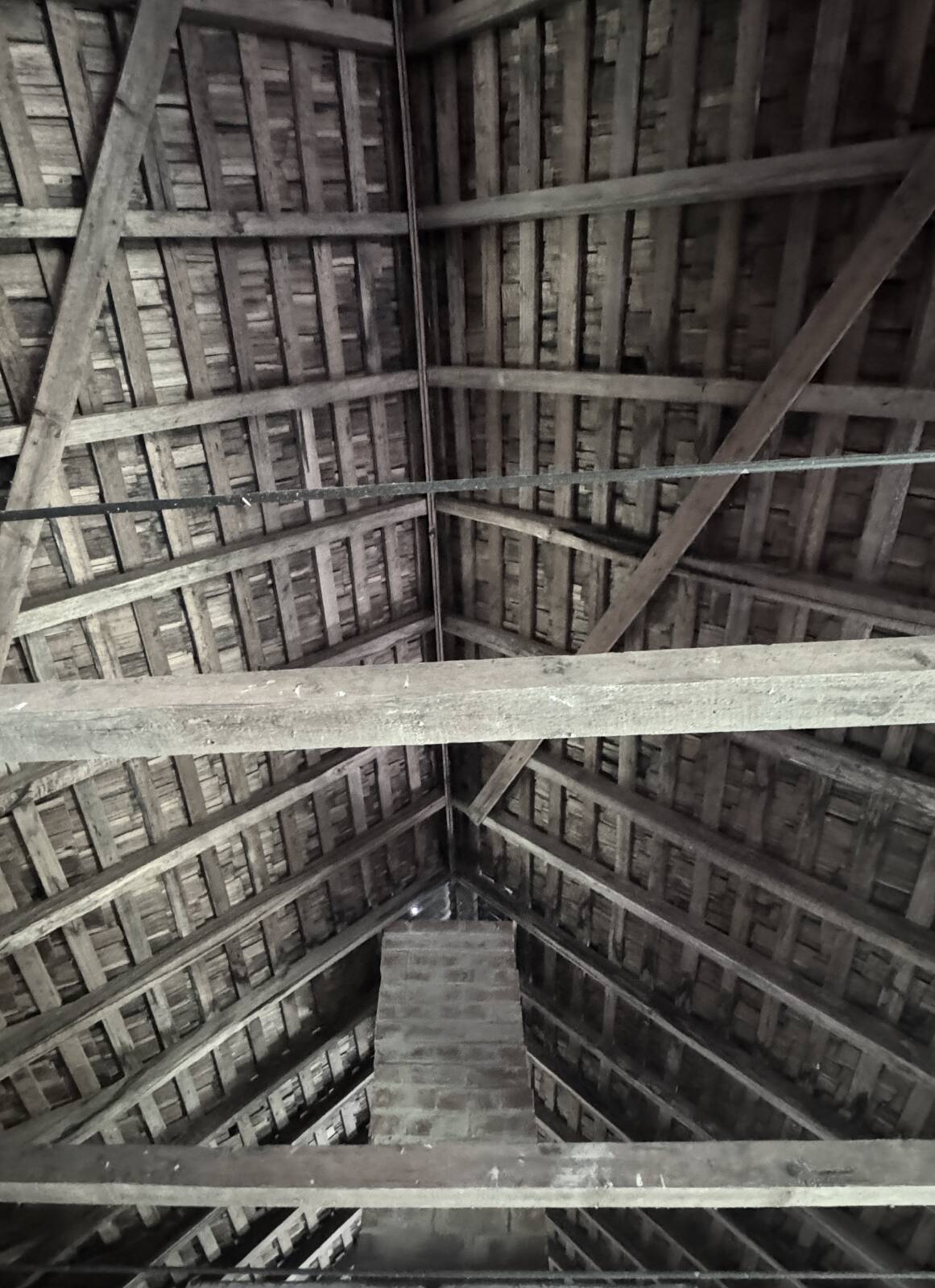
Unfortunately for McPhee, The Kiandra gold rush was one of our country's shortest and it's likely he only traded as a licensed premises for a few years. Perhaps he should have joined the diggers on the Eucumbene at Kiandra after all.

Curiously, only after it ceased trading was the building known as the Woolingubrah Inn, and in 1871 it was sold to Henry Nicholson.
Not that poor Henry got to enjoy his newly purchased property, for less than four months later he drowned in the flooded Little Plain River, aged just 41.
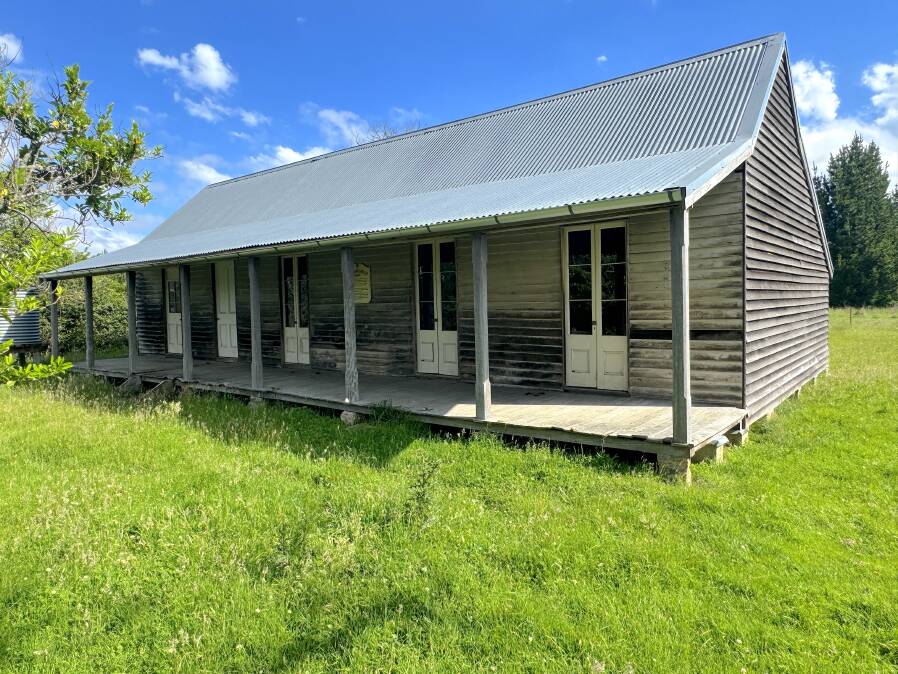
However, Woolingubrah stayed in the Nicholson family for well over a century. In a state of disrepair, in 1986 State Forests NSW purchased the property and along with funding from the NSW Heritage Office, undertook an extensive program of much-needed restoration.
On a recent pilgrimage to the little-known and seldom-visited former inn, the only sign of life were piles of wombat dung on the front veranda. Nonetheless, more than 20 years after the conservation work, you can still see just how much blood, sweat and tears must have been shed to bring this historic hotel back to life.
Inside, it's in remarkably good condition and you can still make out the numbers on each piece of timber - part of the three-dimensional jigsaw puzzle that would have faced McPhee 164 years ago. The walls are lined with old photos, including some of the Nicholson family relaxing on the veranda and a couple enjoying a snowball fight in the front yard.
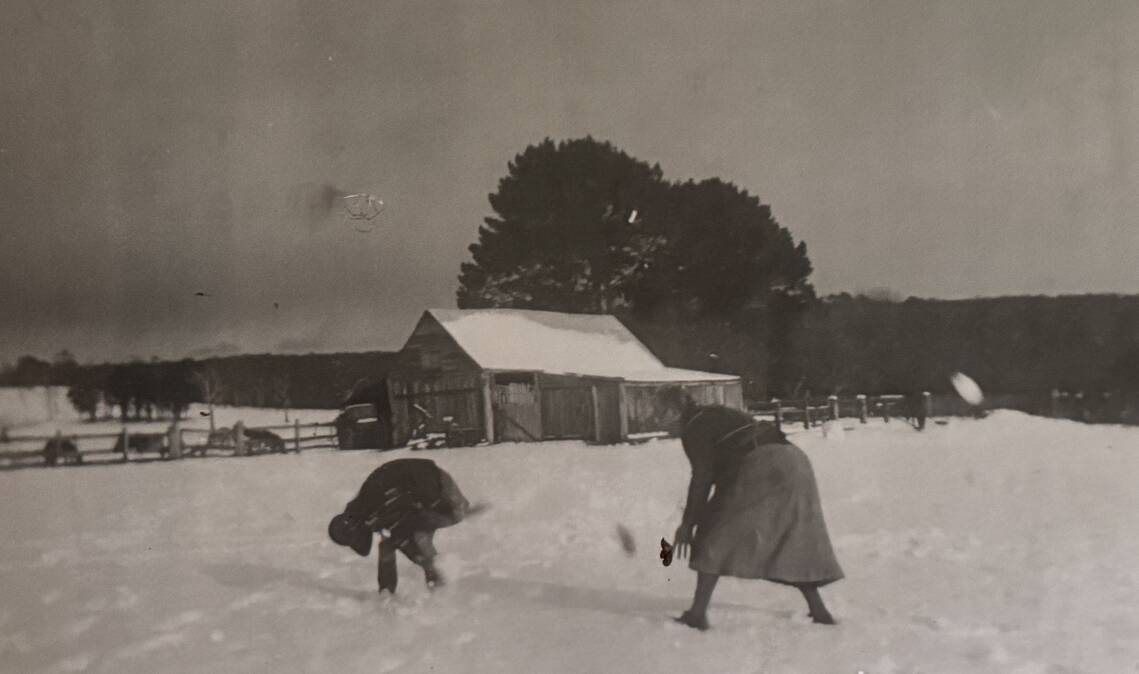
Although Platts described Woolingubrah (a local word meaning "windy place") as perched on "a rather exposed flat at the peak of the Big Jack Range of mountains", today, hemmed in by pine forest, it feels more hidden than open.
It's often said the best way to preserve a building is to use it. While the conservation efforts are to be commended, it seems a pity Woolingubrah isn't utilised by the community in some way.
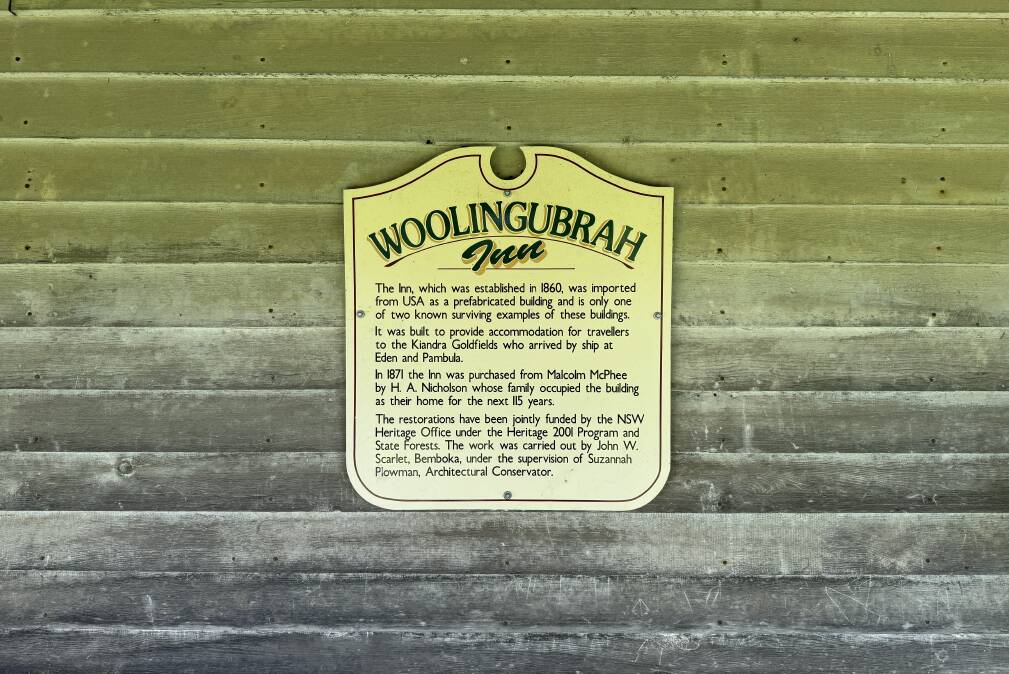
Many of us, your Akubra-clad columnist included, are obsessed with huts in Kosciuszko and Namadgi national parks. This Cathcart relic predates many of those, and what's more, it tells a story of a fascinating time in our region's past.
The door is closed but usually unlocked. Well worth the drive.
- The old Woolingubrah Inn is located 4.5km south-south-west of Cathcart on an unsealed road in the Coolangubra State Forest, a 2.5-hour drive from Canberra. For more information, contact, the Bombala office of the Forestry Corporation of NSW on 02 6459 5200
Readers toast Eucumbene Tea House
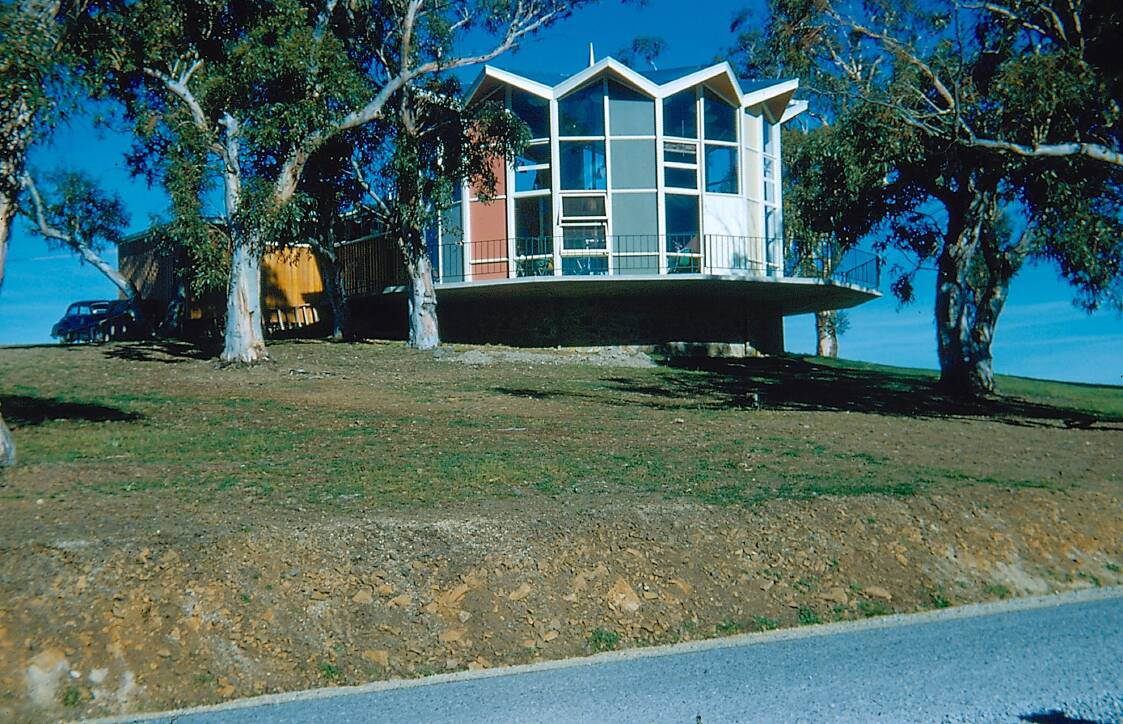
Last week's exposé on Eucumbene Tea House prompted a bulging mailbag, not least from those like Paul Edwards of Jindabyne who'd never actually visited the former Snowies landmark, or were too young to remember.
"After visiting Eucumbene regularly my entire life and hearing the stories of the tea house, this is the first time I've actually seen pictures," says Paul. "I'm sure I visited it before it burnt down but was too little to remember."
It seems scones weren't the only specialty of Lindy Johansen who ran the much-loved octagonal-shaped tea house in the 1980s.
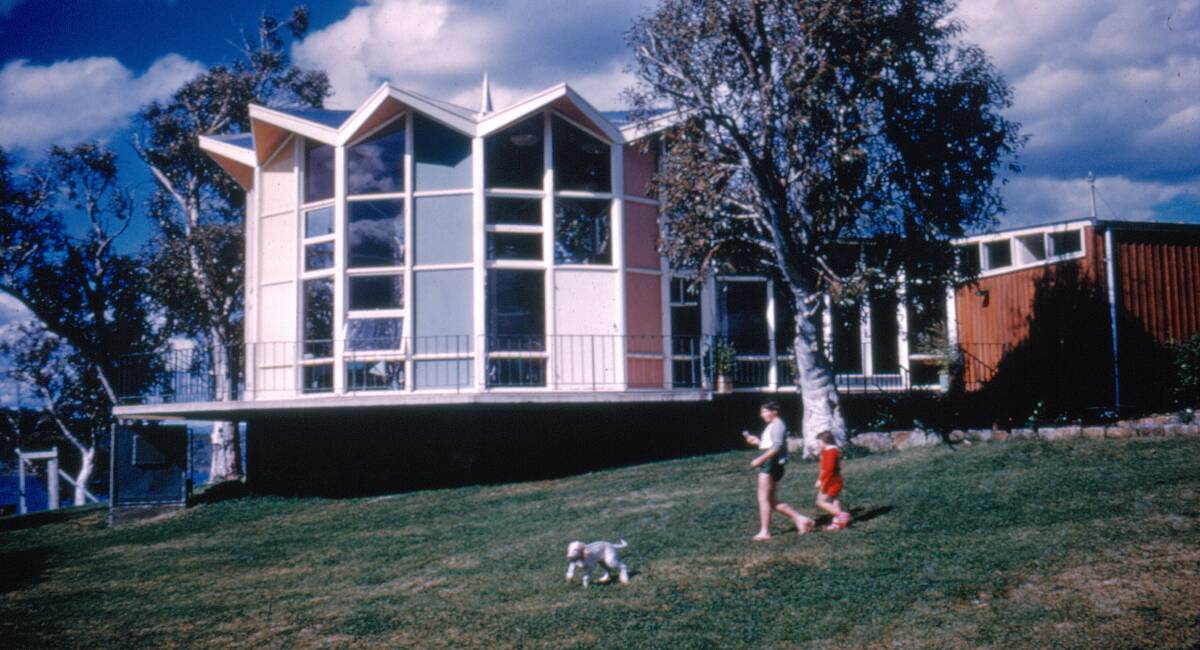
"She also dished up heart-shaped waffles to die for," reports Stan Jones of Kambah, adding "the waffle iron came from Norway".
Meanwhile, Peter Jeffery of Garran reports "some people used to refer to it, rather exotically, as 'The Tea House of the August Moon', presumably after the 1956 movie of that name starring Marlon Brando".
"Some famous people popped in for tea and scones, including the first prime minister of Malaysia, Tunku Abdul Rahman," he adds.
Several readers, including Andrew Maher formerly of Cooma and now of Bathurst, vividly recall the adjacent menagerie. "My last visit there was around 1979-1980 when I took my grandmother and her sister there for an afternoon out," reports Andrew.
For James Nelson of Crestwood, a regular visitor to the tea house, seeing the ruins shortly after fire gutted it in the early 1990s was a shock. "Some lettuce and food scraps had been dropped over the fence by someone for a pair of peacocks still within the menagerie compound," he recalls.
Finally, several readers asked if the eight-sided tea house (circa 1958) was designed by Miles Jakl, the architect of Canberra's twelve-sided Red Hill Carousel (1963). They do look similar but it doesn't appear on Jakl's list of commissions.
WHERE IN THE REGION?
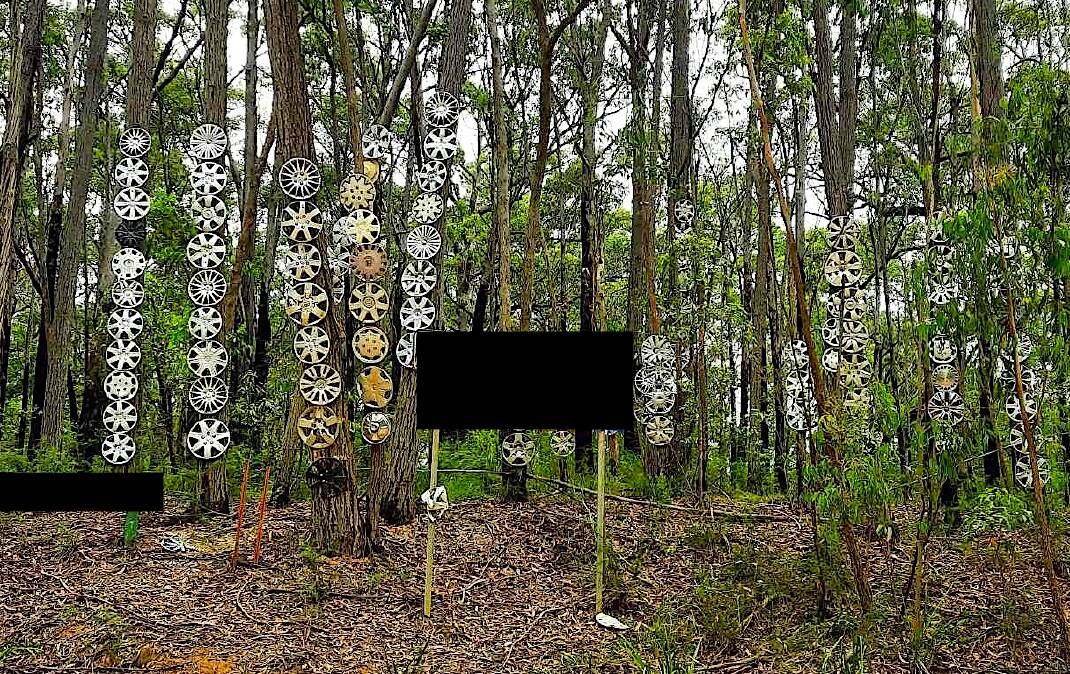
Rating: Medium - Hard
Cryptic Clue: Bill Lawry
How to enter: Email your guess along with your name and address to tym@iinet.net.au. The first correct email sent after 10am, Saturday February 24 wins a double pass to Dendy, the Home of Quality Cinema.
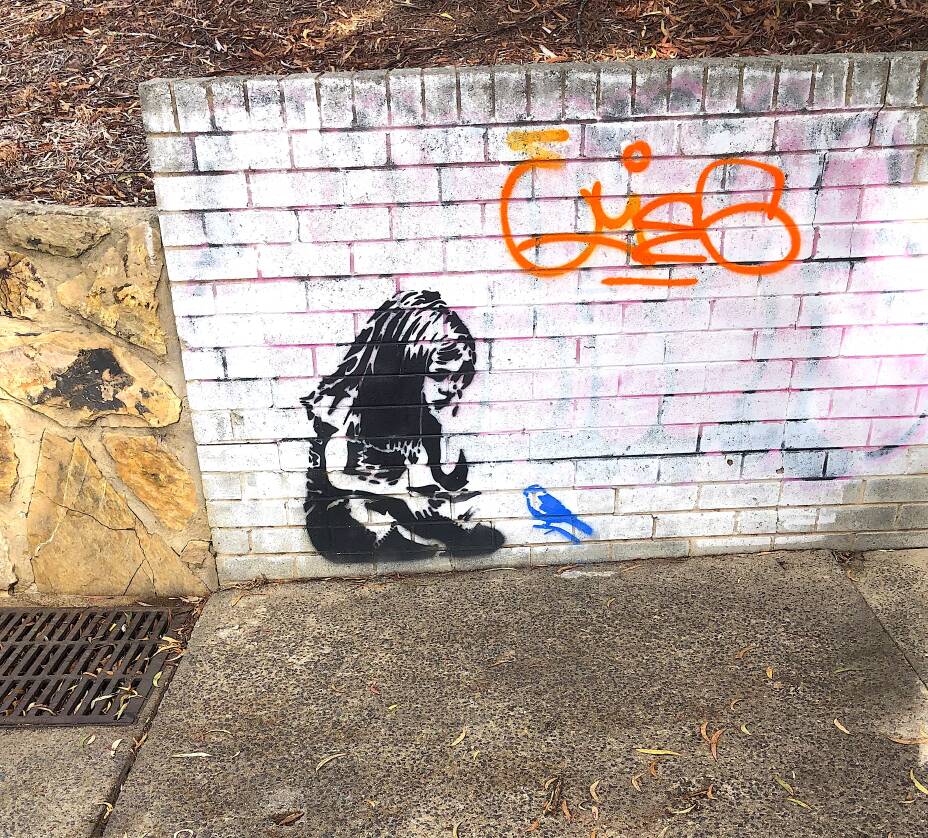
Last week: Congratulations to Steve Leahy of Macquarie who was the first reader to correctly identify last week's photo as graffiti at the Evatt shops. "I pass this every Saturday going to buy the paper, and often wonder if it is Canberra's only Banksi," muses Leo Clarke who submitted the photo.
Grisly backyard find
When I asked if anyone had found something unusual in their backyard, I was thinking more old bottles or vintage dog tags. So it was with surprise that I opened an email from Gordon Fyfe of Kambah to be greeted by this photo of a razor-sharp knife.
"My mother found it in the garden of our home in Barton in 1962-63," reports Gordon. "It had blood on it so she immediately called the police, who promised to collect it but never did."
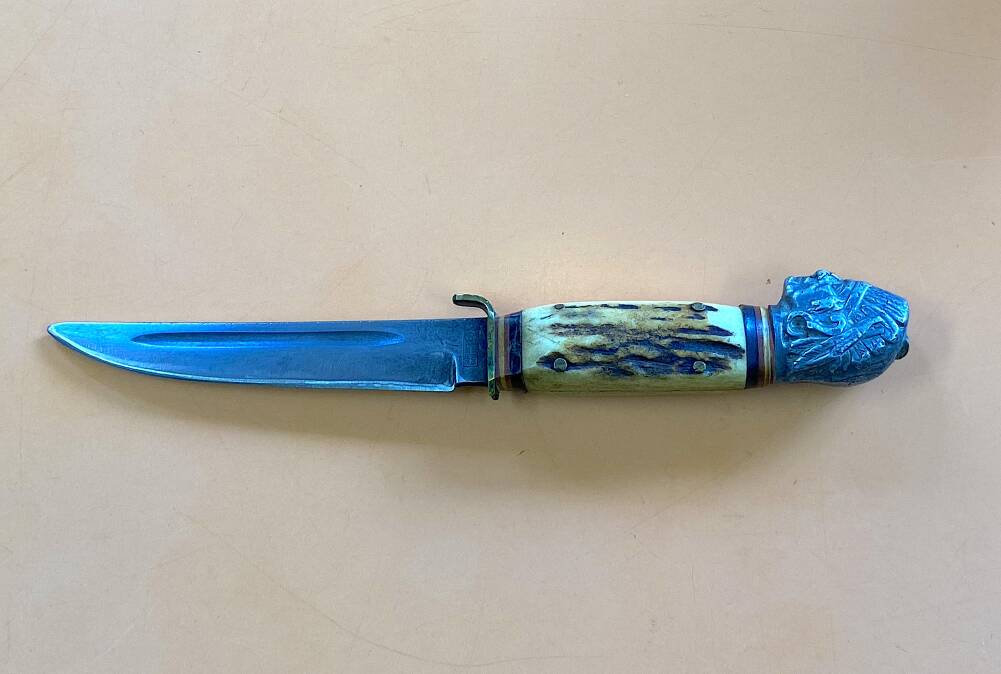
"It's a Puma, made in Solingen, Germany, and in my opinion is quite a find," reports Gordon, who suspects it may have been thrown over the fence by a passer-by. Heck.
Surely someone has found something less gory?
Gordon also reports that seeing the Australian Parliament House flagpole replica at Lambert Centre, the geographical centre of the country, "was a real surprise" when he recently travelled through the outback.
"Who'd have thought a symbol of Canberra would be in such a remote place, especially since people in rural areas usually are no great fans of Canberra," he reports. Indeed.
Simulacra corner
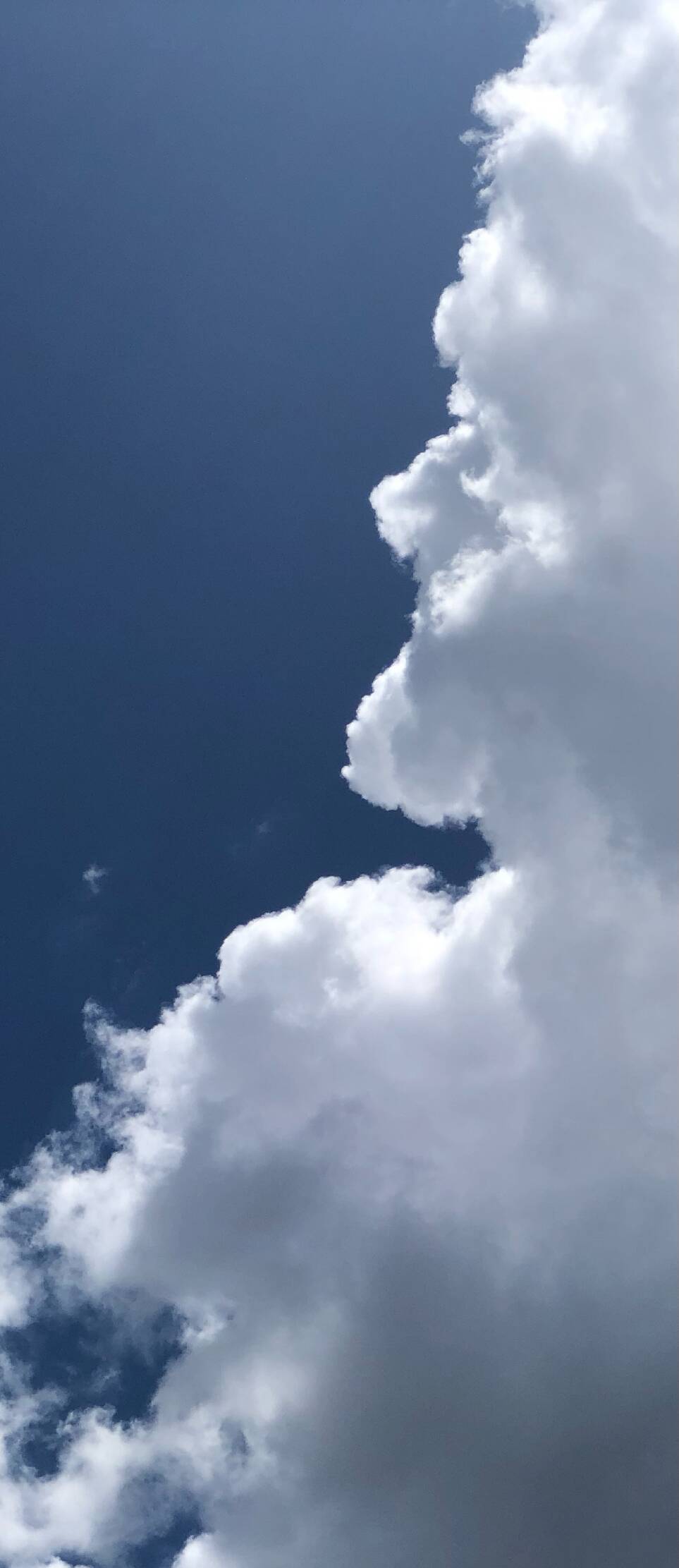
Earlier in the week, regular contributor to these pages, Penleigh Boyd of Reid, captured this photo of "Zeus over Canberra". If you can't see him - his head is tilted back and he's looking left. I don't know about you, but I get the feeling the sky and thunder god from Greek mythology has had more than a firm grip over our fair city this summer. I've lost count of the number of times I've peered out the window to see lightning bolts on the horizon.
- CONTACT TIM: Email: tym@iinet.net.au or Twitter: @TimYowie or write c/- The Canberra Times, GPO Box 606, Civic, ACT, 2601







